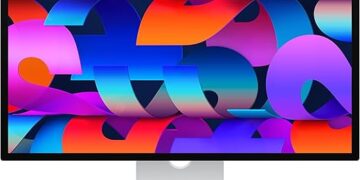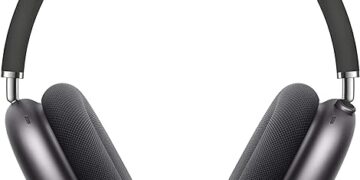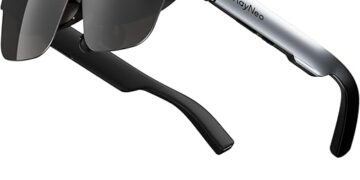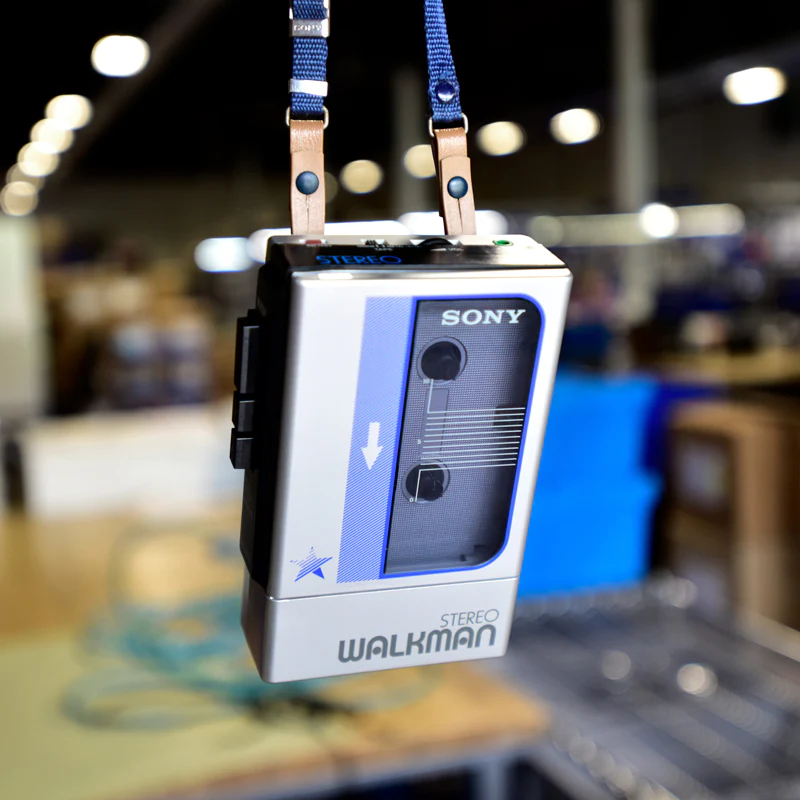Google Chrome for Android is undergoing a significant transformation with the introduction of a redesigned new tab page. The latest Canary build of Chrome, version 120, showcases a revamped homepage that includes a larger search bar and a container for the most viewed pages with rounded corners. In addition to these changes, the page background will now feature dynamic colors, and users will have the option to choose between a white or dynamic colored search bar. This redesign reflects Google’s commitment to enhancing both the functional and visual aspects of user interactions on Chrome. As the world continues to evolve digitally, browsers must adapt, and Google is leading the way by consistently updating and introducing new features to keep Chrome at the cutting edge of browsing experiences.
Redesigned new tab page on Chrome for Android
Overview of the redesign
Google is constantly seeking ways to refine the user experience on Chrome for Android, and the latest development in this effort is a significant redesign of the new tab page. With the latest Canary build of Google Chrome for Android, version 120, users can expect an updated homepage with several exciting features. These include a larger search bar, a distinct container for most viewed pages, dynamic colors for the background, and design options for the search bar. Google is currently experimenting with different design nuances to ensure the best user experience.
Integration of a larger search bar
One of the standout features of the redesigned new tab page is the integration of a larger search bar. This new search bar takes inspiration from the one found in the Google app, offering users a familiar and intuitive search experience. With a larger search bar, users can easily enter their queries and navigate the web without any hassle.
Distinct container for most viewed pages
Another noticeable change in the redesigned new tab page is the introduction of a distinct container for most viewed pages. This container is accentuated with rounded corners, providing a visually appealing and organized layout. By segregating the most viewed pages into a separate container, users can quickly access their frequently visited websites and improve their browsing efficiency.
Dynamic colors for the background
To add a touch of visual interest to the new tab page, Google has introduced dynamic colors for the background. This means that the background of the page will adapt and change colors dynamically, creating a more engaging and personalized browsing experience. The use of dynamic colors adds a vibrant element to the new tab page and enhances the overall aesthetics of Chrome for Android.
Design options for the search bar
In order to cater to different user preferences, Google is experimenting with design options for the search bar. Users have the choice between a white search bar or a dynamic colored one. This customization feature allows users to personalize their browsing experience and make Chrome for Android feel like their own.
Experimenting with page label layout
As part of the redesign, Google is also experimenting with different layouts for page labels on the new tab page. Users may find two rows of page labels or a streamlined single-line carousel. These variations in page label layout aim to optimize the usability of the new tab page and make it easier for users to navigate their open tabs.
Google’s commitment to enhancing user interactions
The transformation of the new tab page on Chrome for Android reflects Google’s commitment to enhancing user interactions. Google understands that a browser is not just a tool, but a window into our digital worlds. With every update and feature, Google strives to ensure that Chrome stays at the cutting edge of browser technology, providing users with the best possible browsing experience.
Relationship between digital evolution and browser updates
As the world evolves digitally, browsers must also evolve to meet the changing needs and expectations of users. Google recognizes this relationship and is dedicated to continuously refining Chrome to keep up with the digital evolution. The redesigned new tab page is just one example of Google’s efforts to adapt Chrome to the ever-changing digital landscape.
Activating the update with the Surface Polish flag
For users eager to experience the redesigned new tab page, activating the update is made possible with the Surface Polish flag. Although the update is also available in the stable version of Chrome (version 118), users may find an early design with a square, low contrast search bar. To fully experience the new tab page redesign, users are encouraged to use Chrome Dev or Canary, as these versions offer a more feature complete version of the update.
Google’s focus on refining the user experience
Introduction of the Organize Tabs feature
In addition to the redesign of the new tab page, Google has been actively working on refining the user experience of Chrome. One recent introduction is the Organize Tabs feature, which was unveiled in Chrome Canary. This feature aims to address the common challenge of handling multiple open tabs and improve tab management for users.
Addressing the challenge of handling multiple open tabs
With the increasing amount of information and content available on the internet, users often find themselves with a multitude of open tabs. This can quickly become overwhelming and make it difficult to find and manage specific tabs. Google recognizes this challenge and has introduced the Organize Tabs feature to assist users in efficiently managing their open tabs.
User-centric features like tab groups and pinning essential tabs
Google’s commitment to refining the user experience extends beyond just tab management. The introduction of features like tab groups and the ability to pin essential tabs demonstrates Google’s focus on making browser interaction intuitive and efficient for users. Tab groups allow users to organize related tabs together, making it easier to navigate and switch between different sets of content. Pinning essential tabs ensures that important websites or web applications are always readily accessible.
Making browser interaction intuitive and efficient
Ultimately, Google’s focus on refining the user experience is aimed at making browser interaction as intuitive and efficient as possible. By introducing features that address common challenges and enhance the usability of Chrome, Google is striving to create a seamless browsing experience for users. As Google continues to redefine and enhance Chrome’s features, the user remains the ultimate beneficiary of these improvements.
In conclusion, the redesigned new tab page on Chrome for Android showcases Google’s commitment to enhancing user interactions and staying at the forefront of browser technology. With features like a larger search bar, a distinct container for most viewed pages, dynamic background colors, and customizable design options, users can expect a more visually appealing and personalized browsing experience. Additionally, Google’s focus on refining the user experience extends to features like the Organize Tabs feature, which aims to alleviate the challenge of handling multiple open tabs. By continuously improving and adapting Chrome, Google is dedicated to providing users with an intuitive and efficient browsing experience.










![Apple Watch SE (2nd Gen) [GPS 40mm] Smartwatch with Starlight Aluminum Case with Starlight Sport Band S/M. Fitness & Sleep Tracker, Crash Detection, Heart Rate Monitor](https://www.tech-bit.com/wp-content/uploads/2024/06/applewatchse2ndgengps40mmsmartwatchwithstarlightaluminumcase-360x180.jpg)
















![Apple Watch Series 9 [GPS 45mm] Smartwatch with Midnight Aluminum Case with Midnight Sport Band S/M. Fitness Tracker, ECG Apps, Always-On Retina Display, Water Resistant](https://www.tech-bit.com/wp-content/uploads/2024/06/applewatchseries9gps45mmsmartwatchwithmidnightaluminumcasewith-360x180.jpg)



![Apple Watch Ultra 2 [GPS + Cellular 49mm] Smartwatch, Sport Watch with Rugged Black Titanium Case with Black Ocean Band. Fitness Tracker, Precision GPS, Action Button, Extra-Long Battery Life](https://www.tech-bit.com/wp-content/uploads/2024/10/applewatchultra2gpscellular49mmsmartwatchsportwatchwithrugged-360x180.jpg)
































